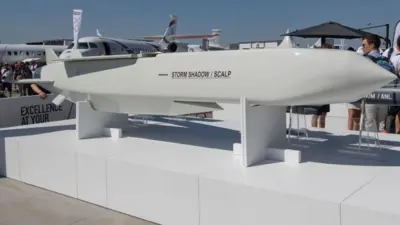We've updated our Privacy and Cookies Policy
We've made some important changes to our Privacy and Cookies Policy and we want you to know what this means for you and your data.
'Apple shape' linked to higher risk of kidney disease
Carrying excess weight around the abdomen is linked to an increased risk of kidney disease, a study suggests.
It was already known that being "apple-shaped", as opposed to "pear-shaped", added to the risk of developing cardiovascular problems.
This research, in the Journal of the American Society of Nephrology, found signs of kidney problems in even otherwise healthy apple-shaped people.
UK experts said people needed to take more care of their kidney health.
The research, by a team at the University Medical Center Groningen, in the Netherlands, looked at more than 300 people who had either a healthy bodyweight. or who were overweight.
They found that having a higher waist-to-hip ratio - seen in those who were more apple-shaped - was associated with lower kidney function, reduced kidney blood flow and higher blood pressure in the kidneys.
This was the case even in those who were otherwise healthy.
'Growing problem'
Arjan Kwakernaak, who led the study, said: "We found that apple-shaped persons - even if totally healthy and with a normal blood pressure - have an elevated blood pressure in their kidneys.
"When they are also overweight or obese, this is even worse."
The findings suggest that these individuals may benefit from treatments that reduce kidney blood pressure - such as cutting salt levels and targeted drug treatments.
A spokesman for Kidney Research UK said: "We understand already that central - 'apple' - obesity is associated with higher cardiovascular risk than peripheral - 'pear' - obesity.
"This demonstrates that the same is true for kidney disease."
He added: "This is further evidence that there is a link between obesity and the growing problem of kidney disease, and that more needs to be done to make people aware of the importance of protecting kidney function."
Top Stories
More to explore
Most read
Content is not available








